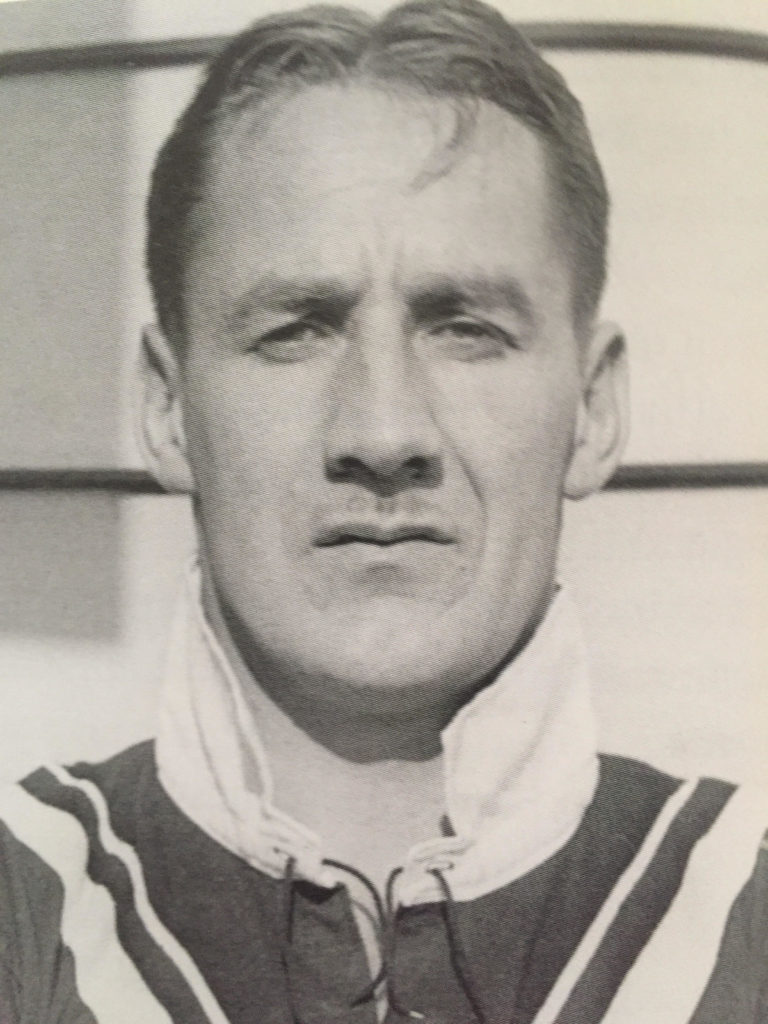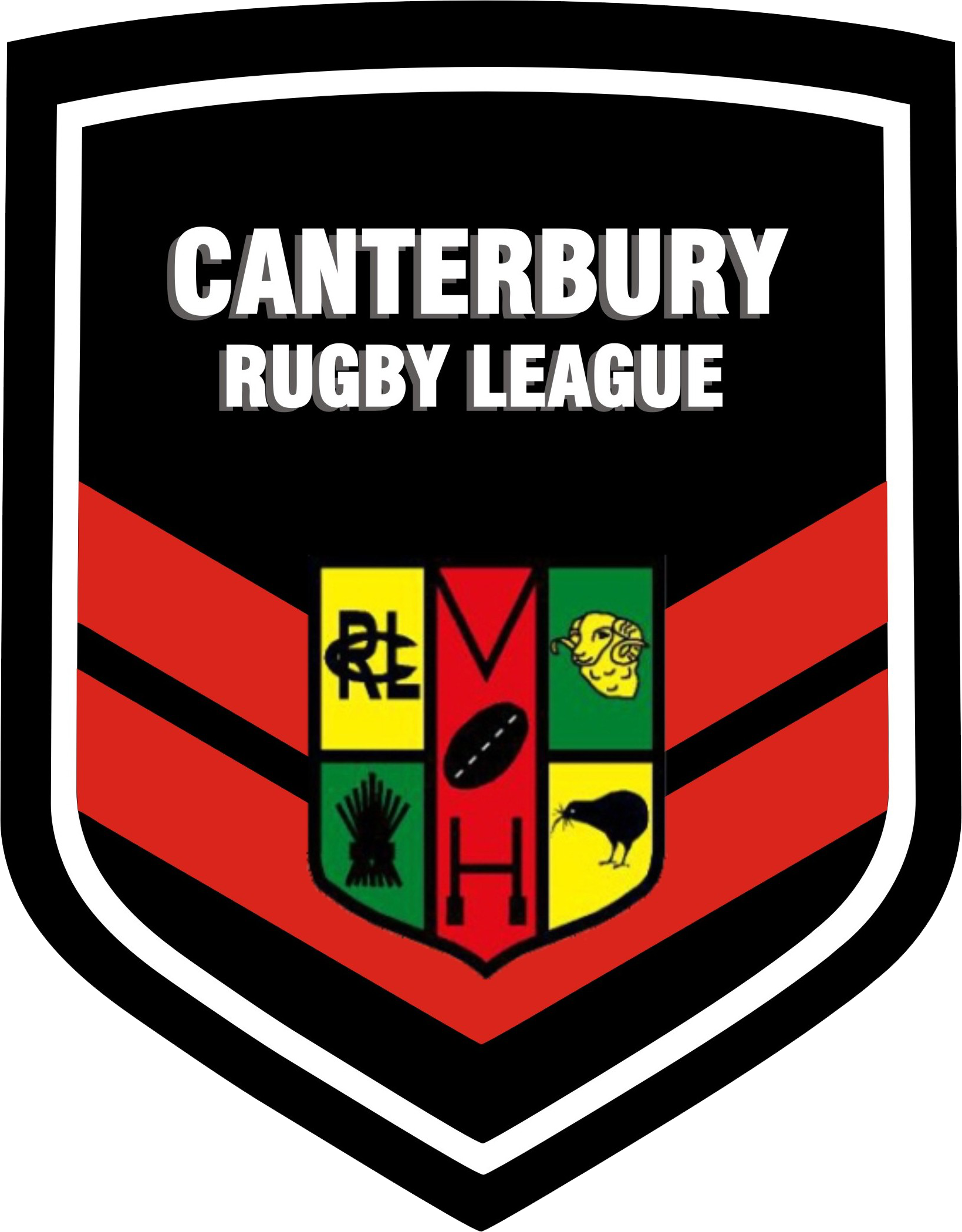PAT SMITH’S ENDURING LEGACY
Most people know the Pat Smith Trophy is the greatest prize in Canterbury Rugby League, but how much do you know about the man it is named after? Ahead of Sunday’s CRL premiers grand final, we revisit an article by The Press’ Tony Smith about New Zealand Kiwis and Canterbury legend Pat Smith.
First published by The Press and stuff.co.nz on January 31, 2009
TONY SMITH (no relation) looks back at the career of Pat Smith – who became a Legend of League in rugby league’s centennial year.
Smith, a former representative rugby union player, deputised for Kiwis coach Scotty McClymont, whose religious beliefs precluded him from preparing teams for Sunday matches let alone set foot in the ground.
Both tests against France on the Kiwis’ 1947-48 northern hemisphere tour were set down for Sunday, so Smith lived up to his team nickname of The Master and guided his “pupils” to a 11-7 win at Paris’ Parc des Princes stadium in New Zealand’s first test on French soil. Smith was the spearhead of an all-South Island pack. But his Kiwis crashed 7-25 in the second at Bordeaux.
Patrick Attwood Smith was 31 when he first wore the Kiwis jersey in 1946. The front-row forward – a big man for his era – had the honour of captaining the Kiwis in all 38 appearances – including 10 consecutive tests – between 1947 and 1949.
His son Peter – a Canterbury and South Island representative in the 1960s – said Pat Smith came from sporting stock.
“His father (Pat senior) was born in Dublin and was a huge man of 18 stone (114kg). He was an Irish and South African strongman, who excelled in lifting heavy weights and tug o’ wars, and he was an African “lazy stick” champion.”
Pat senior was a police sergeant in South Africa after the Anglo-Boer War and came to Canterbury in 1907 – “the year New Zealand rugby league was born,” Peter Smith said.
He played rugby for Ellesmere and Canterbury Country and took over the Leeston Hotel before moving to the Prebbleton Hotel. Pat jun was born in Leeston in 1915.
Young Pat became a boarder at St Bede’s College where he excelled in rugby and also became a noted sprinter with a best time of 10.8sec for the 100 yards dash.
In a 1953 interview, Smith said he first saw a game of rugby league in 1936 but his mother forbade him to play the 13-man game.
He played senior rugby in Otago for the Dunedin club as a wing but transferred to Wellington in 1939 and switched to front row forward, representing the Wellington rugby union team in his new role. By 1942 Pat was back in Christchurch, and was chosen in the Canterbury rugby team on six consecutive occasions.
Smith switched to rugby league in 1943 and became a Canterbury representative and captained the side for four years. He was also a South Island representative from 1944 to 1949.
Smith captained the South Island against Great Britain in 1946 and was an emergency for the Kiwis test team in Auckland.
But 1947 proved Smith’s stellar year. He set up a rugby league club in Prebbleton, luring former All Black Jimmy Haig north from Dunedin with a cash incentive and a barman’s job.
“He built up his club with his own bare hands and finance,” Peter said. “No-one else has started up his own club with three Kiwis in it (Smith, Haig and Bill McKenzie) and five South Island reps. It showed his power to draw out champions.”
Prebbleton won the Canterbury championship in 1949.
Smith was uncapped when selected to lead the Kiwis on the 1947-48 tour. He played 28 of the 35 tour matches at prop before moving to hooker. Smith’s Kiwis came within a point of upsetting Great Britain – then ranked the best side in the world – in a three-test series and he had a one-win one-loss record as captain-coach in the test series in France.
A broken nose could not keep him out of the 1948 tour to Australia. He wore a nose guard across the Tasman, which, league historians John Coffey and Bernie Wood claimed, gave the Man in the Mask “an even more fearsome appearance”.
Smith led the Kiwis to a 21-19 win after trailing by 13 points in the first test in Sydney but the Kangaroos won the second to square the series.
Pat Smith’s legacy to league continued long after he hung up his boots at 34. He was president of the Marist (later Marist-Western Suburbs) club from 1960 to 1966 and was also a president of the Canterbury Rugby League. He later became mine host of Embassy Hotel in Christchurch and when he retired to Rarotonga in 1974, he carried with him a letter of introduction to the Cook Islands premier from New Zealand prime minister Norman Kirk.
The family were present in Greymouth in June when Pat Smith was inducted as a New Zealand Legend of League, along with West Coasters Frank Mulcare and Tony Coll.
His induction fulfilled a prophecy by his former Kiwis and Canterbury team-mate Bill McKenzie at the time of Pat Smith’s death in 1981.

